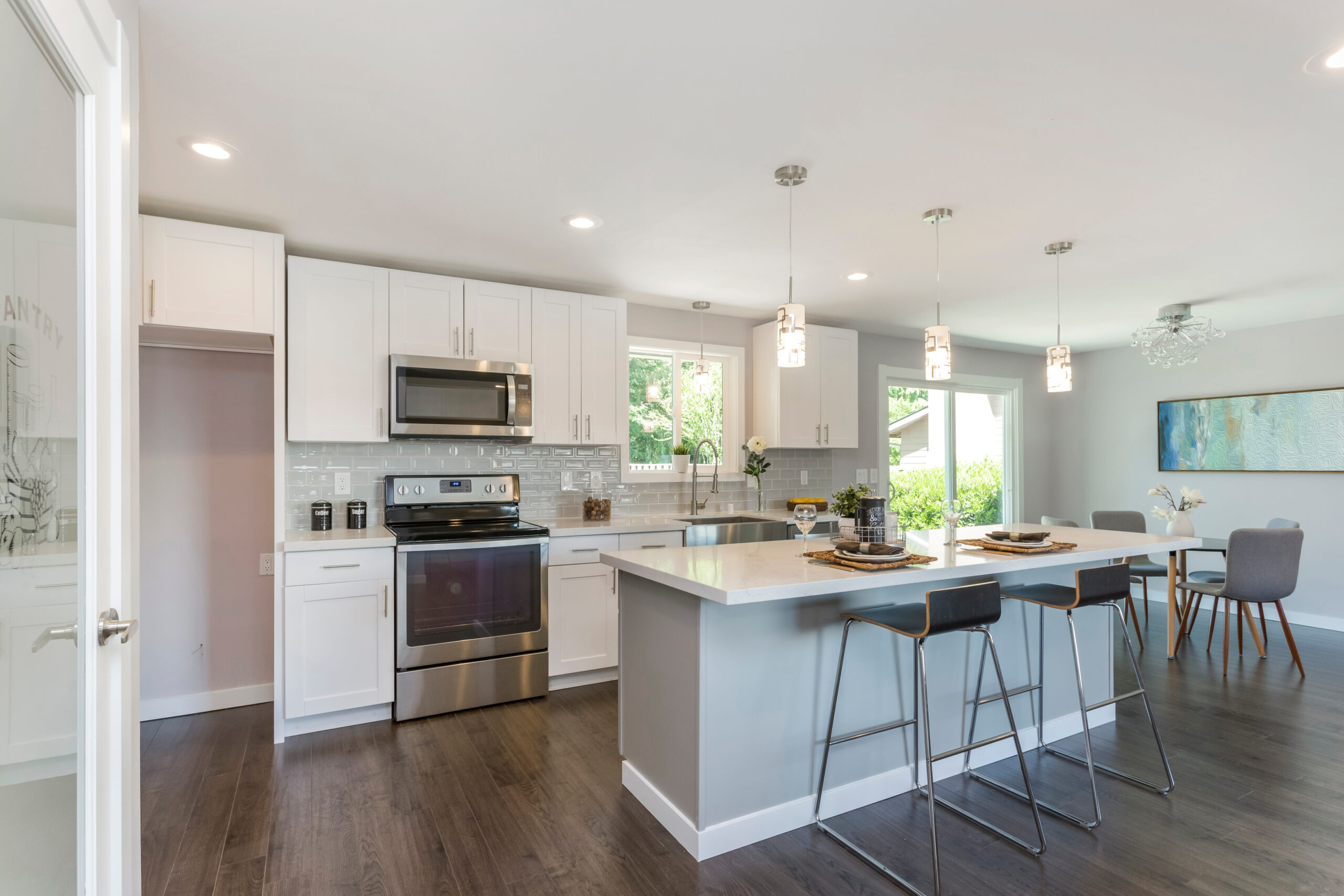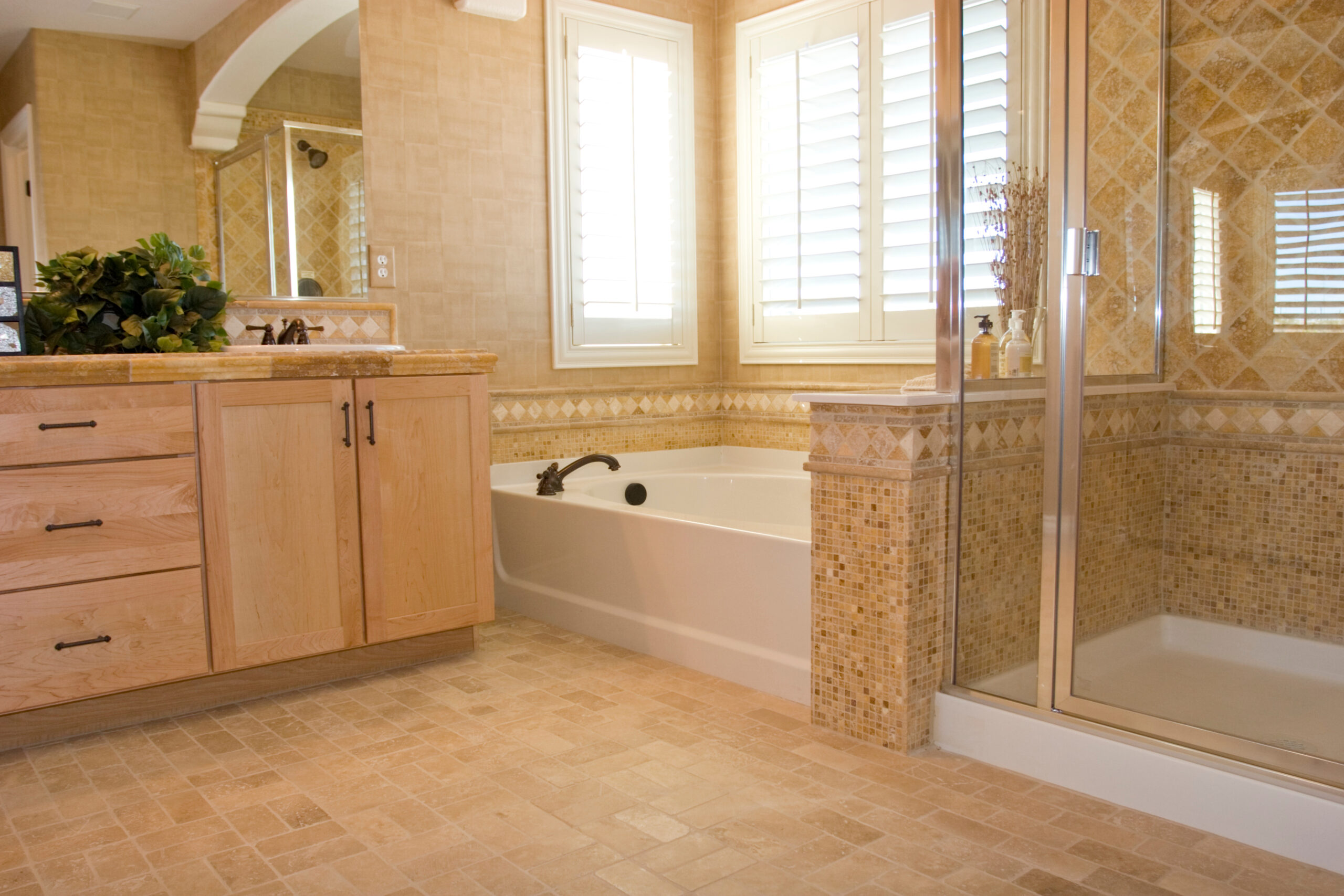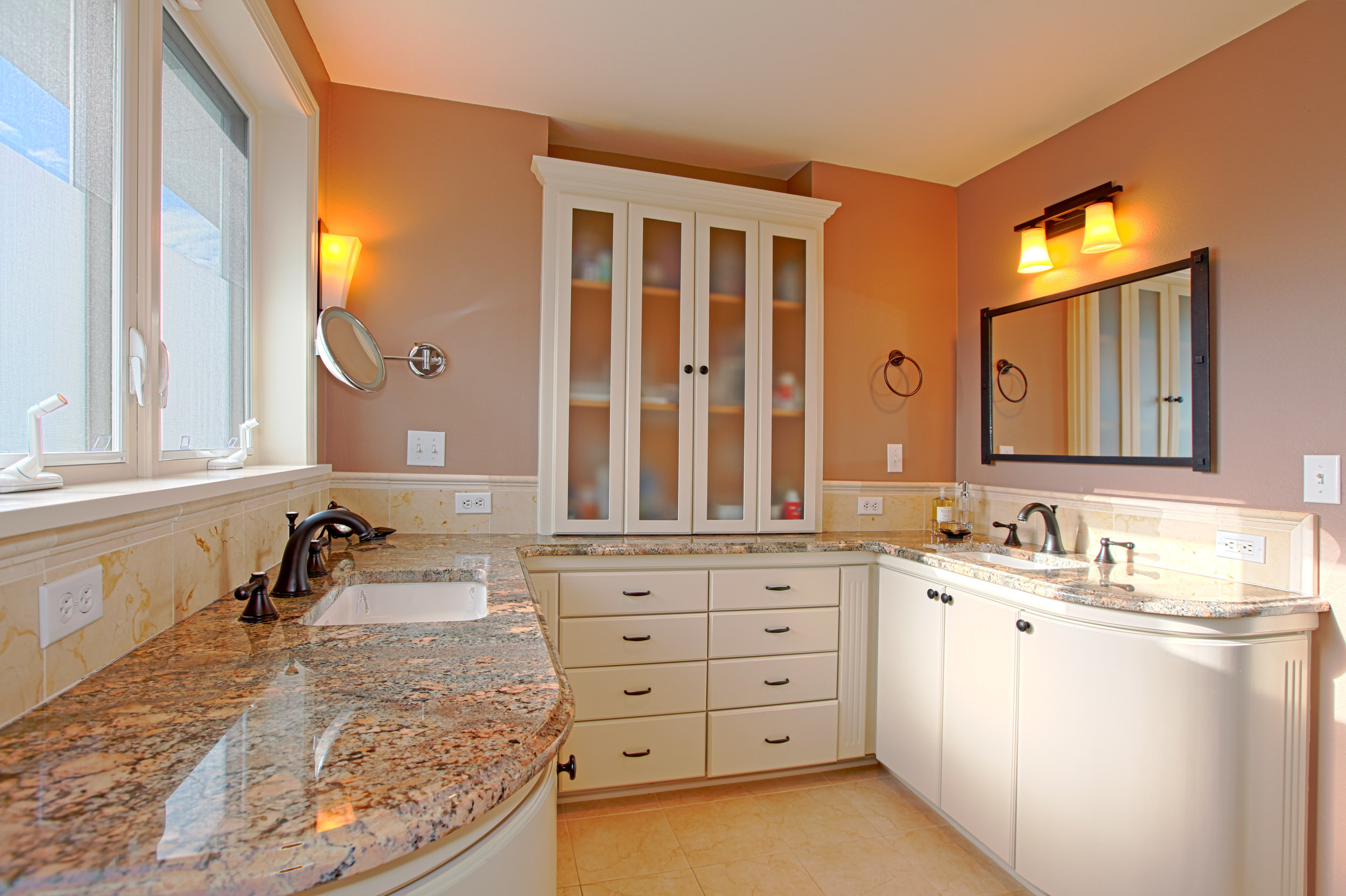The key to designing a functional and stylish kitchen lies in understanding the key elements that contribute to its overall appeal. By carefully considering the layout and space planning, storage solutions, appliances and fixtures, as well as lighting and color scheme, you can create a kitchen that not only meets your practical needs but also enhances the visual appeal of your space.
When it comes to layout and space planning, it is important to optimize the available space effectively. This involves considering the workflow in your kitchen and ensuring that the key areas, such as the sink, stove, and refrigerator, are easily accessible and well-organized. By creating designated zones for cooking, prepping, and cleaning, you can enhance the functionality of your kitchen.
Storage solutions play a crucial role in keeping your kitchen organized and clutter-free. Choosing the right cabinetry and shelving options can maximize storage space and enhance the overall aesthetic of your kitchen. Consider incorporating pantry organization systems and drawer dividers to keep your utensils, cutlery, and other kitchen essentials neatly organized.
When selecting appliances and fixtures, it is important to choose options that not only meet your needs but also add style to your kitchen design. Consider stainless steel appliances for a sleek and modern look, or opt for vintage-inspired fixtures for a more traditional feel. The right appliances and fixtures can serve as focal points in your kitchen, adding personality and charm.
Lighting and color scheme are two key elements that greatly impact the overall ambiance and functionality of your kitchen. Incorporating both natural and artificial lighting sources can create a well-lit space that is both inviting and practical. Additionally, selecting the right colors for your kitchen can complement the design and create a visually appealing space. Consider using a combination of neutral tones and pops of color to create a balanced and harmonious look.
In conclusion, a functional and stylish kitchen design is achieved by considering the layout and space planning, storage solutions, appliances and fixtures, as well as lighting and color scheme. By carefully incorporating these key elements, you can create a kitchen that is not only practical but also visually appealing, making it a space where you can enjoy cooking and entertaining.
Layout and Space Planning
When it comes to designing a functional and stylish kitchen, layout and space planning are key elements that should not be overlooked. Understanding how to optimize the layout and utilize the available space effectively can make a significant difference in the overall functionality and aesthetic appeal of your kitchen design.

Another factor to consider in layout and space planning is the placement of cabinets and countertops. It’s important to have enough storage space for all your kitchen essentials, while also ensuring that the countertops are free from clutter. Utilizing vertical space with tall cabinets or open shelving can help maximize storage capacity, while also adding visual interest to your kitchen design.
In addition to cabinets and countertops, the layout should also take into account the placement of appliances and fixtures. Consider the flow of your kitchen design and make sure that appliances are easily accessible and conveniently located. This will not only make your kitchen more functional but also enhance the overall aesthetic appeal.
Overall, understanding how to optimize the layout and utilize the available space effectively is crucial in creating a functional and stylish kitchen design. By carefully planning the layout, considering the work triangle, and maximizing storage space, you can create a kitchen that is both practical and visually appealing.
Storage Solutions
Storage is an essential aspect of any kitchen design. It not only helps keep your kitchen organized but also ensures that it remains clutter-free. By incorporating innovative storage solutions, you can maximize the functionality of your kitchen while maintaining a stylish aesthetic.
One of the key elements of storage solutions in the kitchen is cabinetry and shelving. Choosing the right cabinetry and shelving options can significantly enhance your storage space. Consider installing cabinets that extend all the way to the ceiling to make use of vertical space. This allows you to store less frequently used items on higher shelves while keeping everyday essentials within easy reach.
Drawer dividers are another fantastic storage solution to keep your kitchen utensils, cutlery, and other essentials neatly organized. They help in separating different items, making it easier to find what you need quickly. With drawer dividers, you can say goodbye to rummaging through a messy drawer in search of a specific item.
When it comes to pantry organization, there are various tips and tricks you can implement. Consider using clear storage containers to store dry goods such as rice, pasta, and cereals. This not only keeps your pantry looking tidy but also allows you to easily see what items you have on hand. Additionally, labeling shelves and containers can help you maintain order and ensure that everything has its designated place.
By incorporating these innovative storage solutions into your kitchen design, you can create a functional and clutter-free space. Remember, a well-organized kitchen not only makes meal preparation more efficient but also adds to the overall aesthetic appeal of your home.
Cabinetry and Shelving
Cabinetry and shelving are key elements in creating a functional and stylish kitchen design. Choosing the right options can maximize storage space and enhance the overall aesthetic of your kitchen.
When it comes to cabinetry, consider the layout and size of your kitchen. Opt for cabinets that are not only visually appealing but also offer ample storage space. Utilize vertical space by incorporating tall cabinets or installing cabinets that reach the ceiling. This will help you make the most of every inch of your kitchen and keep items organized and easily accessible.
Shelving is another important aspect to consider. Open shelving can add a touch of modernity and provide a convenient way to display your favorite dishes or cookbooks. However, keep in mind that open shelving requires regular organization and maintenance to avoid a cluttered look. If you prefer a more traditional look, opt for closed cabinets with solid doors. These can hide away clutter and create a clean and streamlined appearance.
Additionally, consider the materials and finishes of your cabinetry and shelving. Choose durable materials that can withstand the demands of a kitchen environment. For a timeless look, opt for classic materials such as wood or neutral-colored laminates. If you want to add a pop of color or a modern touch, consider bold or glossy finishes.
Remember, the key to choosing the right cabinetry and shelving options is to strike a balance between functionality and aesthetics. By carefully considering your storage needs and personal style, you can create a kitchen that is both practical and visually appealing.
Pantry Organization
Pantry organization is key to creating a functional and efficient kitchen. With the right tips and tricks, you can transform your pantry into a well-organized space that makes meal preparation a breeze. Here are some strategies to help you maximize the functionality of your pantry:
- Clear Containers: Invest in clear containers to store dry goods such as rice, pasta, and cereal. Not only do they keep your pantry looking neat, but they also make it easy to see what you have at a glance.
- Labeling: Labeling is crucial for maintaining an organized pantry. Use labels to identify the contents of each container or shelf, making it easier to find what you need quickly.
- Shelving Systems: Consider installing adjustable shelving systems to maximize vertical space in your pantry. This allows you to customize the layout according to the size of your items and prevents wasted space.
- Grouping Similar Items: Grouping similar items together can help you locate them easily. For example, keep all your baking supplies in one area and place canned goods together.
- Utilize Door Space: Make use of the back of your pantry door by installing hooks or racks. This can be a great spot to hang aprons, oven mitts, or even small baskets for storing spices or snacks.
By implementing these pantry organization tips, you can create a more functional and efficient space. Not only will it save you time and frustration when cooking, but it will also help you avoid buying duplicate items because you can easily see what you have in stock. A well-organized pantry is the foundation of a well-functioning kitchen.
Drawer Dividers
Drawer dividers are a game-changer when it comes to keeping your kitchen utensils, cutlery, and other essentials neatly organized. These handy tools not only help you maximize the storage space in your drawers but also make it easier to find what you need when you need it. With drawer dividers, say goodbye to rummaging through a jumble of utensils and hello to a well-organized and efficient kitchen.

Not only do drawer dividers keep things organized, but they also prevent items from shifting and sliding around when you open and close the drawer. This means no more noisy clattering or accidentally stabbing yourself with a rogue knife. With everything neatly separated and secured in its own compartment, you can avoid the frustration of tangled utensils and potential accidents.
Additionally, drawer dividers can be a stylish addition to your kitchen design. They come in various materials and finishes, allowing you to choose options that complement your overall aesthetic. Whether you prefer sleek and modern dividers or rustic and wooden ones, there are plenty of options to suit your style.
In conclusion, drawer dividers are a practical and visually appealing solution for keeping your kitchen essentials organized. By utilizing these handy tools, you can maximize your storage space, easily locate items, and add a touch of style to your kitchen. So, say goodbye to cluttered drawers and hello to a well-organized and functional kitchen with the help of drawer dividers.
Appliances and Fixtures
When it comes to creating a functional and stylish kitchen design, selecting the right appliances and fixtures is crucial. Not only should they meet your needs in terms of functionality, but they should also add a touch of style to your kitchen.
When choosing appliances, consider the size and layout of your kitchen. If you have limited space, opt for compact and space-saving appliances that can still perform all the necessary functions. On the other hand, if you have a larger kitchen, you have the luxury of choosing larger appliances that can make a statement and become a focal point in your design.
Additionally, consider the color and finish of your appliances. Stainless steel appliances are a popular choice as they add a sleek and modern look to any kitchen. However, if you prefer a more traditional or vintage style, you can opt for appliances with a retro design or a color that complements your overall color scheme.
When it comes to fixtures, such as faucets and handles, choose ones that not only match the style of your appliances but also enhance the overall aesthetic of your kitchen. Consider the finish, whether it be chrome, brushed nickel, or matte black, and choose one that complements the overall color scheme and design elements of your kitchen.
Remember, the key is to find a balance between functionality and style. Select appliances and fixtures that not only meet your practical needs but also add a touch of personality and visual appeal to your kitchen design.
Lighting and Color Scheme
Lighting and color scheme play a crucial role in creating a functional and stylish kitchen design. They have a significant impact on the overall ambiance and functionality of your kitchen. Let’s delve into how these elements can transform your kitchen space.
Firstly, let’s talk about lighting. Incorporating both natural and artificial lighting sources is essential to ensure a well-lit and inviting kitchen. Natural light not only brightens up the space but also creates a sense of openness and freshness. Consider adding large windows or skylights to maximize the amount of natural light in your kitchen.
When it comes to artificial lighting, a combination of task, ambient, and accent lighting can greatly enhance the functionality and aesthetics of your kitchen. Task lighting, such as under-cabinet lights or pendant lights above the countertops, provides focused illumination for cooking and food preparation. Ambient lighting, such as recessed ceiling lights or chandeliers, creates a warm and inviting atmosphere. Accent lighting, like spotlights or strip lights, can be used to highlight specific areas or architectural features in your kitchen.
Now, let’s move on to the color scheme. Choosing the right colors for your kitchen can significantly impact its overall look and feel. Opt for colors that complement your kitchen design and create a visually appealing space. Neutral tones like white, beige, or gray can create a clean and timeless look, while bold colors like blue, green, or red can add a vibrant and energetic touch.
Consider using a color wheel to help you choose complementary or contrasting colors for your kitchen. You can use different colors for the walls, cabinets, countertops, and backsplash to create a harmonious and balanced color scheme. Additionally, incorporating different textures and finishes can add depth and visual interest to your kitchen design.
In conclusion, paying attention to lighting and color scheme is essential when designing a functional and stylish kitchen. By incorporating the right lighting fixtures and choosing a well-thought-out color scheme, you can create a kitchen that not only looks visually appealing but also enhances its overall ambiance and functionality.
Natural and Artificial Lighting
When it comes to creating a functional and stylish kitchen, lighting plays a crucial role. Incorporating both natural and artificial lighting sources can significantly enhance the overall ambiance and functionality of your kitchen design.

In addition to natural lighting, artificial lighting is equally important, especially during evenings or in areas with limited access to natural light. By strategically placing task lighting, such as under-cabinet lights or pendant lights above the kitchen island, you can illuminate specific areas for food preparation or dining.
Consider using a combination of ambient, task, and accent lighting to create layers of light in your kitchen. Ambient lighting provides overall illumination, while task lighting focuses on specific work areas, and accent lighting adds a touch of drama or highlights architectural features.
Furthermore, don’t forget to incorporate dimmers into your lighting design. They allow you to adjust the intensity of the light according to your needs and create different moods in your kitchen. For example, brighter lighting may be required for cooking, while softer lighting can create a cozy atmosphere during dinner parties.
Remember, a well-lit kitchen not only enhances functionality but also adds a touch of elegance and style. So, when planning your kitchen design, make sure to give careful thought to both natural and artificial lighting sources to create a space that is not only visually appealing but also practical.
Choosing the Right Colors
Choosing the right colors for your kitchen design is crucial in creating a visually appealing space that complements the overall aesthetic. Here are some tips to help you select a color scheme that will enhance your kitchen:
- Consider the size and layout of your kitchen. If you have a small kitchen, lighter colors can make the space appear larger and more open. On the other hand, if you have a larger kitchen, you can experiment with bolder and darker colors.
- Think about the mood and atmosphere you want to create in your kitchen. Warm colors like red, orange, and yellow can create a cozy and inviting feel, while cool colors like blue and green can give a calming and refreshing vibe.
- Take into account the natural lighting in your kitchen. If you have large windows that let in plenty of natural light, you can opt for lighter colors to maximize the brightness. If your kitchen lacks natural light, consider using lighter shades to create a brighter space.
- Consider the color of your kitchen cabinets, countertops, and other fixed elements. You want to choose colors that complement and harmonize with these elements. For example, if you have white cabinets, a neutral color scheme with pops of color can create a modern and sleek look.
Remember, the color scheme you choose should not only be visually appealing but also functional. It should create a harmonious and inviting atmosphere that makes you enjoy spending time in your kitchen. Don’t be afraid to experiment with different colors and combinations to find the perfect balance for your kitchen design.


